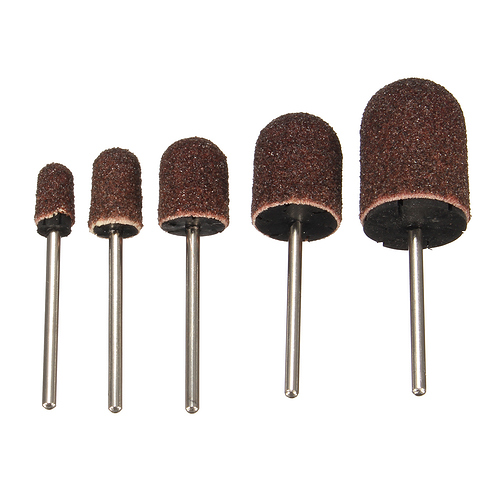Hi guys, so a little bit about me and my project to place some context in order for you to understand my needs and advice me the best.
I am a podiatrist in Belgium, and I wanted to start a cad/cam for my insoles (around mid-end 2019). I’ve already go through some of the kits big podiatry company were selling and it’s rather expensive and not at my taste(huge boxes encasing small surface areas, with lost of space) , even tho if they do sell it I suppose it is working decently enough.
But I m sure I can get something that will do the job nicely, be more affordable and fit my needs better elsewhere in the Cnc world. The fact that only the Z axis is moving on their cnc is bothering me tbh (moving x/y table)
So i started to read and document myself about the Cnc world, I ve been trough the “cad cam education” app and it was very interesting and well explained. In this app I learned about: cnc mechanical overview, end mills and cuttings, CAD, CAM how motion was created, g code, practical tips and more, let’s say the basics to enter this world I guess?
Now that I know a bit more about it (correct me if I m wrong), what I will need to make my idea into something I can work with is:
The footprint of my patients -> 3d scan
The 3d file should be compatible with the cad software : 3d scan- > compatible cad software
The software will give me a file from the insole that a cnc can read as G code - > file for toolpath
Or I need to use a cam software to define the toolpath for the cnc to read.
Then comes all the technical part about fitting my milling machine: depth of cuts, toolpaths, change of tools, speed and feed, etc.
Plus non related technical stuff about soles from there.
My needs:
For the software (3d scan and design) I ll visit the big resellers for podiatrist as the design part should be better than the regular cad from carbide3d for what I need to do.
For the hardware: depending if the software allow for multiple insole in the same time, I might need a bigger surface, otherwise something like the classic shapeoko should be enough. Or would you advice me to go bigger? (planning on using it for private use until the mid-end 2019deadline)
The heigh will be around 4-5cm at max so no issues there either.
The material that will be milled is ethyl vinyl acetate foam (Eva, hardness from 35 to 70 shore (mostly 70 (80%))
About the end mills : I ll need something for the big cuts, the precision cuts and a spare one at least. But I don’t know what kind of end mills is best for this material (spiral up cut or strait flute for the big pass? And something like a ball nose for the details? Plus one surfacing and one spare part) or what do you guys would recommand me?
Does anyone here have already worked with Eva? How is it respond considering speed and feed (if someone could give me a spreadsheet or smtgh that would be nice)
What I need from you: a review of my thinking about the cnc, good sources to read about what was (not) wrong in my writing, Intel about common files type in the cnc world, general advice about my situation and the option that would work the best for me 
Thanks fellas.

 ).
).